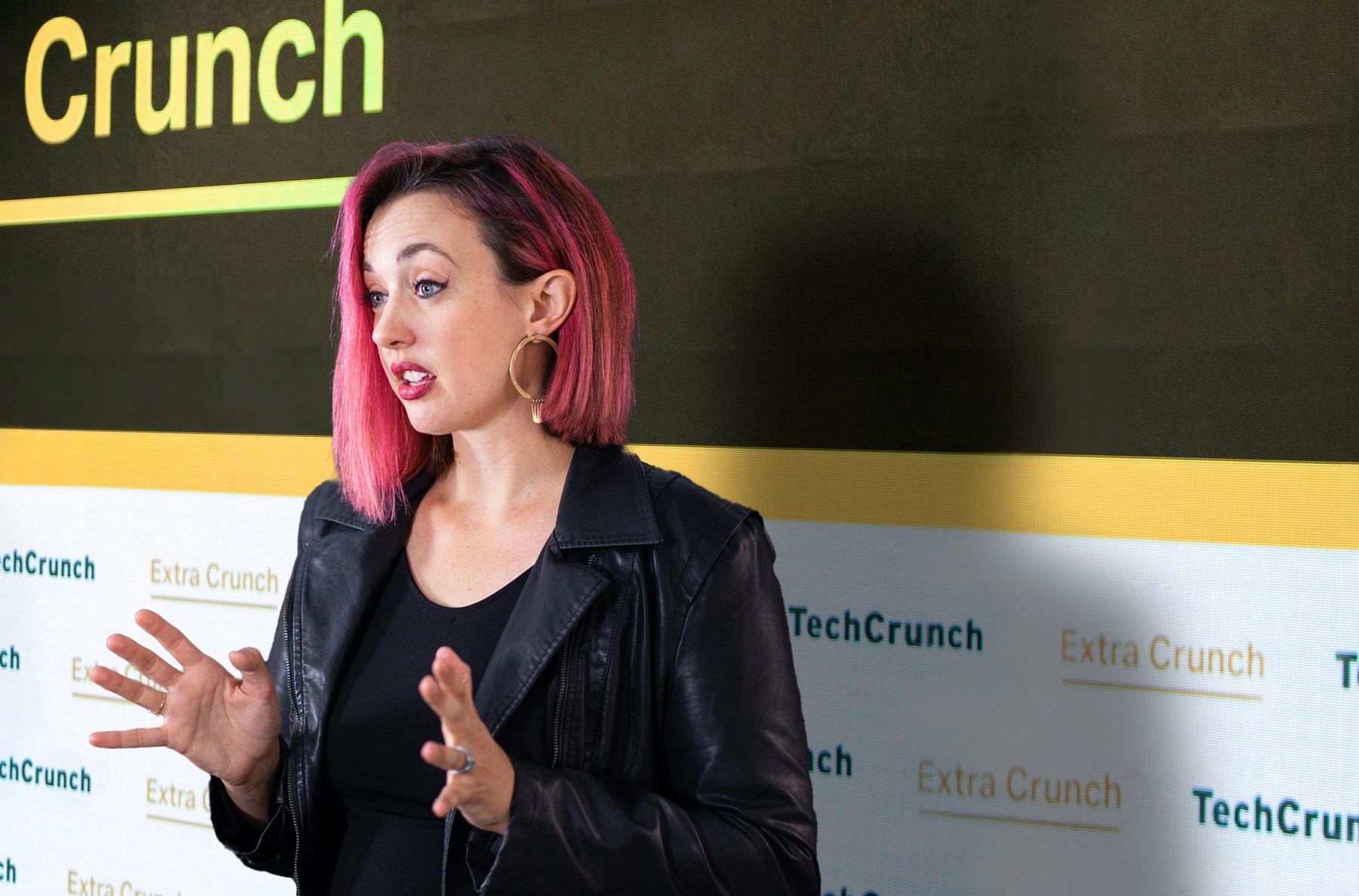Amid declining ad revenue and advertiser exits, Twitter announced today that it has teamed up with ad-tech companies DoubleVerify and Integral Ad Science (IAS) to tell advertisers if their ad is placed around inappropriate content. The program, available first for U.S.-based advertising campaigns, allows brands to analyze the content adjacent to— primarily tweets above and belove the ad — all types of ads, including promoted tweets.
Now, Twitter says brands running their ad campaigns will have insights into what kind of tweets are appearing around their ads and the reason behind that. Companies can also use Twitter’s adjacency control tools to fine-tune their campaign to filter out keywords.
DoubleVerify and IAS said that its tweet scanning solution will cover Twitter’s Home timeline first and then expand to profile and search placements.
In addition to addressing brand safety concerns, the new system aims to provide suitability scores to help brands figure out if their ads are shown alongside tweets that might not go well with the brand’s image. For instance, an electronic brand may not want its ad to appear alongside a tweet talking about e-waste.
In a call with TechCrunch, Nayef Hijazi, VP of product marketing at DoubleVerify said that the company is able to look at the tweets before and after the ad and classify them according to the company’s own safety and suitability settings. This provides them insight into how their ads are appearing on Twitter.
The company said that Twitter will promote this partnership in its own way to let advertisers know of this service. But it is not clear how the social media platform will package this up.
Both DoubleVerify and IAS will have access to real-time data from Twitter to measure ad performance, we understand. This follows Twitter’s recent crackdown on third-party apps, signaling that Twitter is concentrating on developer initiatives that could bring in revenue — and arguably, much-needed revenue at that. Twitter’s various monetization plans around subscriptions or payments are ideas that may only pan out in the long term, if at all. In the near term, however, Musk is facing the first interest payment on the debt he took on to buy Twitter. The only real solution to Twitter’s financial crisis is getting advertisers to come back.
“Twitter is committed to promoting a safe advertising experience for people and brands, and this commitment has never been stronger.” AJ Brown, Twitter’s Head of Brand Safety said in a statement. “Validation of the context in which ads serve according to Global Alliance for Responsible Media (GARM) industry standards is incredibly important to us and our customers.”
Twitter had first teased this advertising initiative in a December blog post, published shortly after Elon Musk’s takeover of the social network in late October. The post also detailed the launch of adjacency control tools to help brands present their ads from appearing around content with certain keywords.
The announcement had arrived at a time when the Tesla and SpaceX exec had already made a number of missteps that worried advertisers enough to see many pause spending on the network. Specifically, brands were concerned about changes to moderation policies and layoffs impacting trust and safety teams, which could lead to their ads being shown alongside toxic content. Over 40 civil rights groups also wrote an open letter pressuring advertisers to pause spending, and many brands seemed to agree a reassessment was in order as Twitter worked through its transition in leadership.
The social network also lost its trusted top ad exec Sarah Personette in November. Reports at that time noted that companies like General Mills, Audi, and Pfizer had already paused spending on Twitter, and soon others followed. Data from analytics firm Pathmatics provided to TechCrunch noted that several companies including Kraft Heinz, Nestle, Coca-Cola, and Best Buy didn’t spend any ad money on the platform in December.
Musk, however, downplayed the concerns, blaming “activist groups” for the drop in social media companies’ decline in ad revenue.
But his posturing was not representative of reality. Days later Musk hosted a Twitter Spaces conversation to reassure advertisers that the company is committed to stopping fake accounts and reducing hateful content. The conversation stemmed from the fact that some users were able to take advantage of the ill-thought-out Twitter Blue subscription which offered anyone a verification mark, which some used to impersonate brands.
According to Pathmatics, Twitter spending of the top 30 advertisers dropped 29% year-on-year in 2022. The data suggested the top 30 brands spent $11.3 million in the first week of September on Twitter. That spending came down to $6.5 million the last week of the year. Pathmatics’ estimates don’t include any data about incentives offered by Twitter.
Last month, Twitter tried to lure advertisers back with multiple incentives including added impressions and matched spending, according to a report from the Financial Times. The company also launched a keyword search module under beta today to allow marketers to show ads when people search for specific terms.
Musk has tried to boost the company’s money-making ability by pushing the Twitter Blue paid plan on multiple platforms along with a discounted annual plan. He has also proposed a costlier plan to get rid of ads.
Earlier this month, The Information reported that Twitter’s fourth-quarter revenue fell by 35% year on year according to internal documents seen by the publication.
While Twitter’s latest partnership with DoubleVerify and IAS focuses on increasing insights into brand safety, its content moderation decisions are not reflective of that. The company today reinstated the account of white nationalist Nick Fuentes who had praised Hitler in the past. Twitter had to ban him hours later following the outrage. The social media company is facing a lawsuit in Germany for failing to filter antisemitic speech.
Twitter partners with DoubleVerify and IAS on brand safety initiative amid advertiser exits by Ivan Mehta originally published on TechCrunch
from TechCrunch https://ift.tt/zN91ZbB




0 comments:
Post a Comment